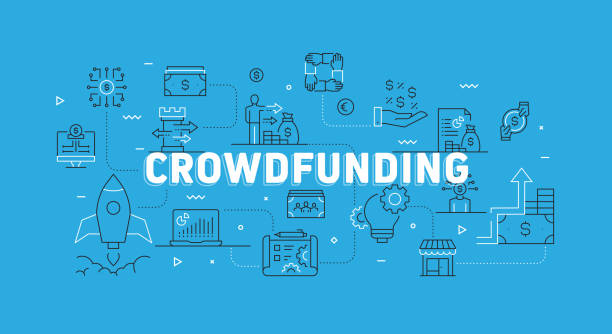Key Differences Between Donating Time, Money, and Goods

Unlock the essence of philanthropy with our comprehensive guide! Explore the key differences between donating time, money, and goods, and discover how each form of giving can make a meaningful impact. In the realm of philanthropy, there exists a multitude of ways to extend a helping hand to those in need. From volunteering time to contributing money or donating goods, each avenue of giving has its unique impact and significance. Understanding the disparities between these acts of generosity is crucial for individuals seeking to make a meaningful difference in their communities and beyond.
Time: A Precious Gift
Engaging in charity work is perhaps one of the most direct and personal ways to give back. Whether it entails tutoring underprivileged children, serving meals at a homeless shelter, or participating in environmental clean-up efforts, dedicating time to charity allows individuals to deeply involve themselves in the cause they support. Unlike monetary donations, which can be made remotely, charity work often requires physical presence and active engagement. This hands-on approach cultivates a stronger bond between the volunteer and the recipients of their charitable efforts.
Money: Fueling Change
In contrast to donating time, contributing money to charitable causes offers a different kind of impact. Financial donations serve as the lifeblood of many organizations, providing them with the resources needed to carry out their missions effectively. Whether through one-time gifts, recurring donations, or participation in crowdfunding campaigns, monetary contributions have the power to scale the impact of charitable initiatives. Moreover, financial support enables charities to address urgent needs, invest in long-term projects, and adapt to changing circumstances with greater flexibility.
Goods: Tangible Support
Crowdfunding for goods, whether it’s clothing, food, or medical supplies, offers tangible support to individuals and communities navigating diverse challenges. Unlike monetary contributions, which can be flexible and distributed across different areas, donated goods directly address specific needs. This type of support is especially crucial in disaster relief scenarios, where urgent necessities like food, water, and shelter are paramount. Additionally, crowdfunding for goods presents a sustainable approach to minimize waste and foster environmental responsibility by channeling excess resources to those who require them.
FAQs
1. Which form of giving is the most effective?
There is no one-size-fits-all answer to this question, as the effectiveness of giving depends on various factors, including the nature of the cause, the specific needs of the beneficiaries, and the capabilities of the donor. While financial donations often provide organizations with the flexibility to allocate resources where they are most needed, volunteering time can offer a more hands-on approach to making a difference in the community. Ultimately, the most effective form of giving is one that aligns with the donor’s values, resources, and desired impact.
2. How can I ensure that my donations are being used responsibly?
Researching organizations before making donations is essential to ensure that your contributions are used effectively and responsibly. Look for charities with transparent financial practices, clear missions, and a track record of making a positive impact in their respective fields. Websites such as Charity Navigator, GuideStar, and GiveWell provide valuable insights into the performance and accountability of nonprofit organizations, helping donors make informed decisions about where to direct their support.
3. Can I combine different forms of giving for maximum impact?
Absolutely! Combining time, money, and goods can amplify the impact of your philanthropic efforts. For example, volunteering at a local food bank not only provides direct assistance to those in need but also frees up resources that can be used to purchase additional supplies or expand services. Similarly, organizing a fundraising event or crowdfunding campaign can raise both awareness and financial support for a cause while encouraging others to get involved through volunteering or donating goods.
Conclusion
In the tapestry of philanthropy, each thread—whether it be time, money, or goods—plays a crucial role in weaving together a brighter future for individuals and communities around the world. While the forms of giving may differ in their methods and approaches, they are united by a common purpose: to uplift, empower, and support those in need. Whether through volunteering time, contributing money, or donating goods, each act of generosity serves as a testament to the inherent compassion and solidarity that binds us together as a global community.





